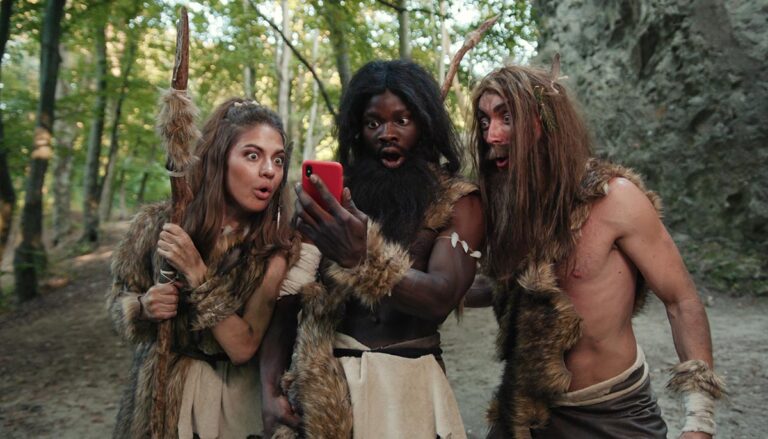The Nobel Prize in Medicine has been awarded to Sweden’s Svante Pääbo for his work on human evolution. Pääbo is recognized for the sequencing of Neanderthal DNA and the discovery of a previously unknown human relative: Denisovans.
Svante Paabo receives Nobel Prize for his work in human evolution
Sweden’s Svante Pääbo was awarded The Nobel Prize in Physiology or Medicine on Monday for his work in exploring human evolutionary history and how mankind spread across planet Earth.
Pääbo pioneered the use of ancient DNA to unlock secrets about human evolution, as well as the discovery of a previously unknown relative.
Paabo sequences Neanderthal DNA
The Nobel Committee said Pääbo “accomplished something seemingly impossible” by sequencing the first Neanderthal genome and revealing that Homo sapiens interbred with Neanderthals.
Work on the human genetic code began in the 1990s, with the launching of the Human Genome Project, leading to a nearly complete draft by 2001. Scientists announced the completion of the project in 2003, although it included only about 85% of the genome. A level of “complete genome” was again achieved in May 2021. But these methods relied on fresh samples of pristine DNA.
“Pääbo’s seminal research gave rise to an entirely new scientific discipline; paleogenomics,” the Nobel committee said.
Pääbo worked out the sequencing of old, degraded, and contaminated genetic material from our human ancestors, eventually sequencing DNA from a 40,000-year-old piece of bone, BBC reported.
Proved Neanderthals distinct from modern humans and chimps
Pääbo’s work focused on hominins – the group of modern humans that includes us, Homo sapiens, as well as our extinct relatives. He showed that Neanderthals – who mostly lived in Europe and Western Asia – were distinct from modern-day humans as well as chimpanzees.
The Swedish geneticist’s pioneering work was made public in 2010 following his successful methods for extracting, sequencing, and analyzing ancient DNA from Neanderthal bones. His work has allowed scientists to compare Neanderthal genomes with the genetic records of humans living today, CNN reported.
Pääbo discovers Denisovans, previously unknown human relative
Another one of the major scientific discoveries made by Professor Svante Pääbo was that of a previously unknown human relative, a hominin known as Denisovans.
In 2008, scientists found a 40,000-year-old finger bone in the Denisova Cave in Siberia. Pääbo sequenced a sample of the DNA and made the game-changing discovery. As it turned out, Homo sapiens also bred with Denisovans. Science has learned that in parts of Southeast Asia, up to 6% of the DNA of people there is Denisovan. This DNA is also found in present-day Tibetans.





